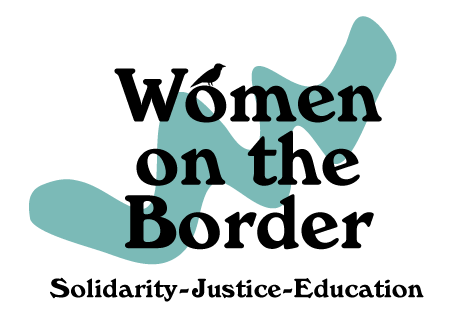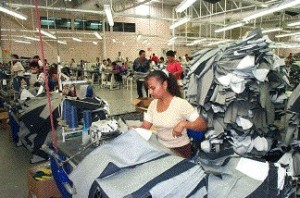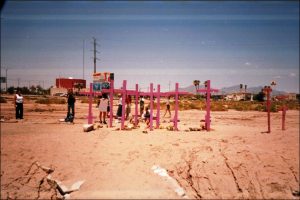Maquiladoras
What is a Maquiladora?
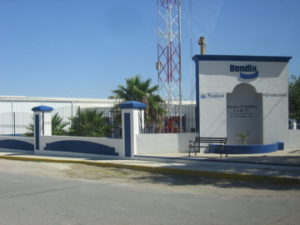
Maquiladoras are foreign-owned export-processing plants that locate in Mexico under “free trade” agreements signed by national governments. They began to operate on the border in 1965 and have become an increasingly important source of revenue for Mexico. While the maquiladoras initially produced clothing and light electronics, the industry has expanded the medical, automotive, and aerospace industries among others.
Because their orientation is toward the cross border import and export of materials and goods, the plants are usually located at the edges of the border cities, close to the international bridges.
Worker Housing
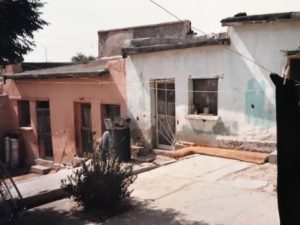
In contrast to the modern, landscaped industrial parks where the maquiladoras are located, workers live in crowded aging urban neighborhoods, or in newer neighborhoods emerging from land invasions, where they often build their own houses from materials such as packing crates and pallets scavenged from the industrial parks. Because foreign investors pay almost no taxes, the infrastucture of the border cities is inadequate to support their growing populations and maquila workers often face lengthy and dangerous commutes to and from the industrial parks.
The Impact of Corporate Free Trade on Workers
In the 1990s NAFTA began an important outsourcing trend. As U.S. companies reaped the benefits of cheaper labor costs, hundreds of American workers were left behind without jobs. Mexican workers saw new jobs but no improvement in living conditions. They reaped little to no benefit from the side agreement to NAFTA known as the North American Agreement on Labor Cooperation.
Women workers have organized in the face of the exploitation and dislocation caused by globalization. The Comité Fronterizo de Obrer@s/CFO, located on the border in Piedras Negras, Coahuila is a worker-led organization fighting for justice. The Maquiladora Solidarity Network fights to empower women workers in the global garment and footwear industries. Other groups led by working women are La Mujer Obrera in El Paso, and Fuerza Unida in San Antonio.
Gendered Division of Labor
Since its inception, the maquiladora industry has relied heavily on female workers. Although in recent decades more men have entered the workforce, it is still a significantly gendered division of labor with men occupying the majority of technical positions and women remaining as operadoras.
Management strategies that emphasize “teamwork” and cultivate loyalty in order to raise production and reduce turnover in the plants often reinforce gendered hierarchies. In the photo above, a Juárez maquiladora showcases it’s beauty queens and winning sports teams.
Gender Violence and the Global Economy
by Elvia Arriola
The “maquiladora murders” were a popular subject for writing and activism by feminists in the first decade of the 21st century, and an inspiration for numerous forms of art, literary fiction and commentaries, international conferences, movies, and marches on both sides of the border. A 2004 conference held at the University of California-Los Angeles entitled “Maquiladora Murders” drew worldwide attention to the cases of hundreds of young Mexican women who worked in maquiladoras and met untimely, often brutal deaths. Who killed them is still a mystery.
What is not a mystery is that incidents of domestic violence and femicide in Ciudad Juarez have risen in the wake of heavy industrialization along the border. …read more
Maquiladora Worker Stories
(Photo credit: Christina S. Murrey)
About housing: Looking Out from a Cardboard Box
About workplace safety: Courage and Strength to Survive
